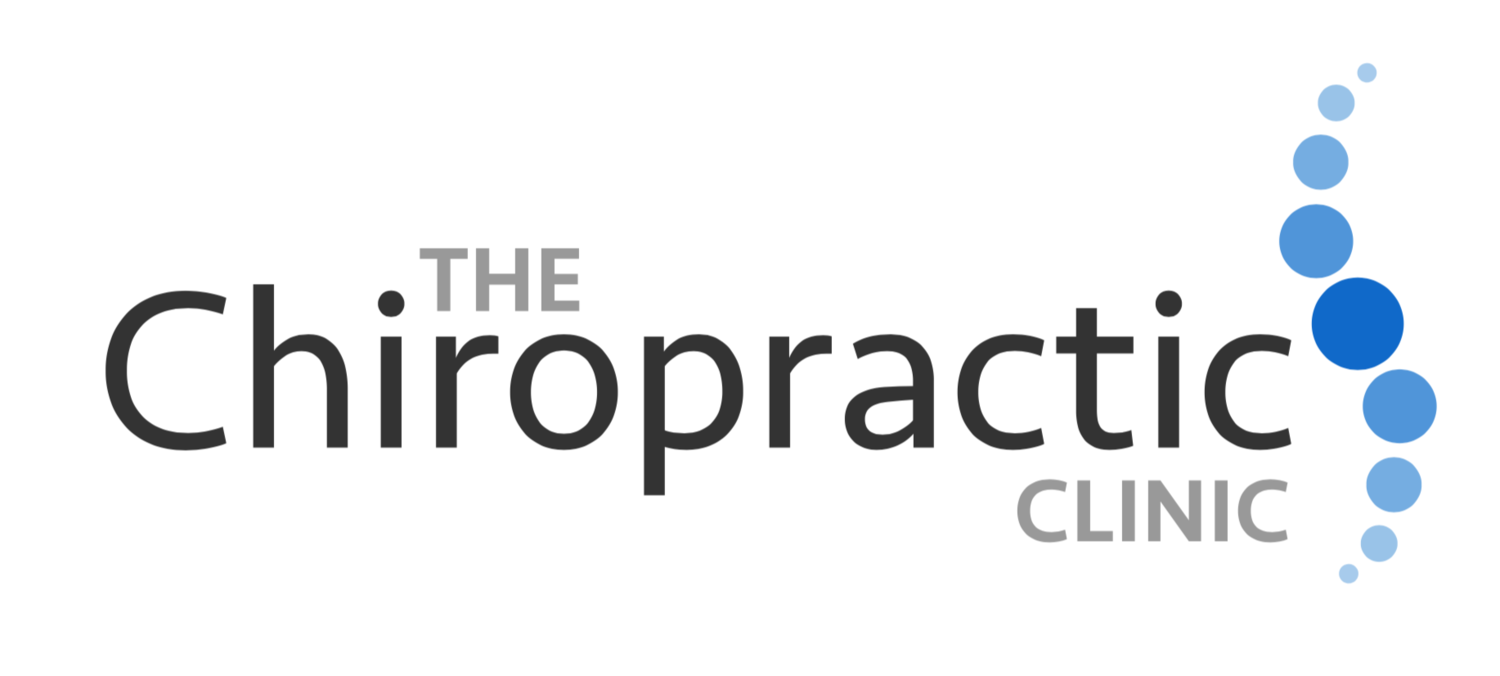Menopause Awareness Month
What is Menopause?
Menopause is when your periods stop due to lower hormone levels. Around 47 million women worldwide enter the menopause transition annually, usually affecting individuals between the ages of 45 and 55, but it can happen earlier (Wright et al., 2024).
What is Perimenopause?
Perimenopause is when you have symptoms of menopause but your periods have not stopped. Perimenopause ends and you reach menopause when you have not had a period for 12 months.
What are the symptoms?
Symptoms can last for months or years, and can change with time.
Symptoms that have been associated with menopause and perimenopause include:
Brain fog
Changes to your mood, like low mood, anxiety, mood swings and low self-esteem
Hot flashes
Irregular Periods
Worsened headaches and migraines
Skin changes
Reduced sex drive
Vaginal dryness and pain, itching or discomfort during sex
Recurrent urinary tract infection (UTIs)
Sensitive teeth, painful gums or other mouth problems
Palpitations, when your heartbeats suddenly become more noticeable
Issues with sleep (NHS, 2025a)
How does Menopause link with Musculoskeletal health?
Over 70% of individuals will experience musculoskeletal symptoms with 25% being disabled by them during the transition from perimenopause to post-menopause (Lu et al., 2020).
Due to a flux in oestrogen, a number of conditions can arise, including arthralgia, loss of muscle mass, loss of bone density and progression of osteoarthritis, among others (Wright et al., 2024). During perimenopause, women have an average reduction of 10% in bone mineral density (Ji and Yu, 2015). These changes can lead to stiffness, aches, or increased risk of injury.
What can help?
Stay active with weight-bearing and resistance exercises
Get plenty of rest, keep a regular sleep routine
Eat a healthy diet
Prioritise nutrition rich in calcium, vitamin D, and protein
Stop smoking and cut down alcohol
Relaxation exercises like yoga, tai chi or meditation
Confiding in friends and family members who may be going through the same thing
Osteoporosis
The lack of ovarian estrogen post menopause causes a significant loss in bone strength, meaning women are at increased risk of osteoporosis (Villiers, 2024).
Information on the treatment of osteoporosis, including the risks and benefits of hormone replacement therapy (HRT), can be found at the NHS website: https://www.nhs.uk/conditions/osteoporosis/treatment/
References:
de Villiers, T.J. (2024) ‘Bone health and menopause: osteoporosis prevention and treatment’ Best Practice & Research Clinical Endocrinology & Metabolism, 38(1), p.101782. Available at: https://doi.org/10.1016/j.beem.2023.101782
Ji, M.X. and Yu, Q. (2015) ‘Primary osteoporosis in postmenopausal women’ Chronic diseases and translational medicine, 1(01), pp.9-13. Available at: https://mednexus.org/doi/full/10.1016/j.cdtm.2015.02.006 (Accessed: 23 October 2025).
Lu, C.B., Liu, P.F., Zhou, Y.S., Meng, F.C., Qiao, T.Y., Yang, X.J., Li, X.Y., Xue, Q., Xu, H., Liu, Y. and Han, Y. (2020) ‘Musculoskeletal pain during the menopausal transition: A systematic review and meta‐analysis’ Neural plasticity, 2020(1), p.8842110. Available at: https://doi.org/10.1155/2020/8842110
NHS (2025a) Symptoms - Menopause. Available at: https://www.nhs.uk/conditions/menopause/symptoms/ (Accessed: 23 October 2025).
NHS (2025b) Treatment - Osteoporosis. Available at: https://www.nhs.uk/conditions/osteoporosis/treatment/ (Accessed: 23 October 2025).
Wright, V. J., Schwartzman, J. D., Itinoche, R., and Wittstein, J. (2024) ‘The musculoskeletal syndrome of menopause’ Climacteric, 27(5), pp. 466–472. Available at: https://doi.org/10.1080/13697137.2024.2380363
